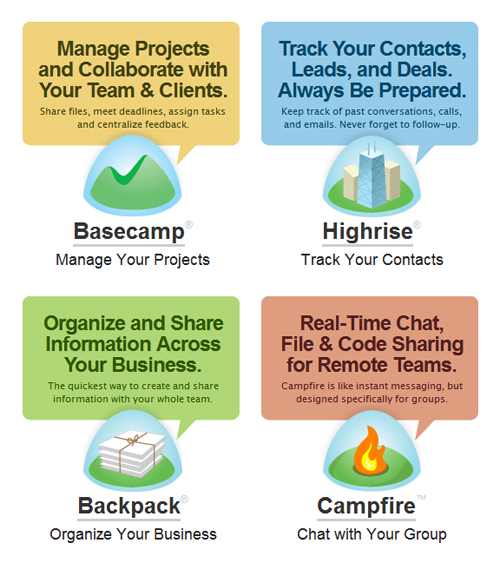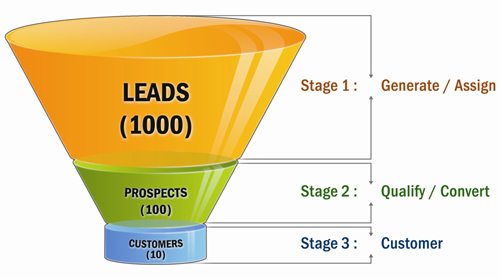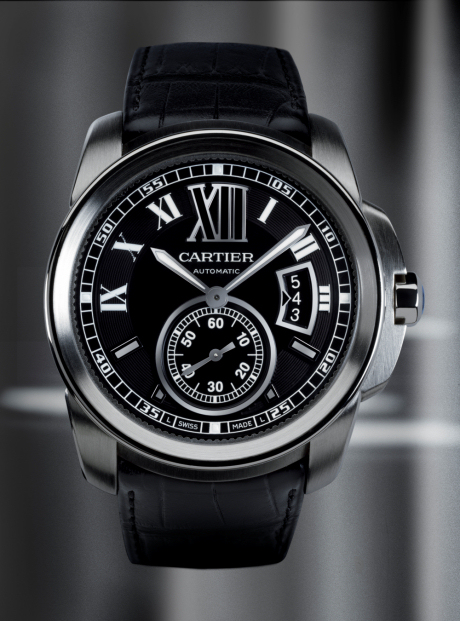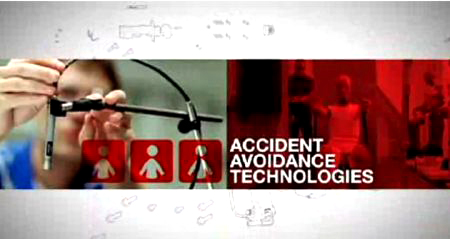They don’t seem to care much about customer service or performance. You’ve probably got a complaint or six about them. They expect to lose $7,000,000,000 of our money this year.
But when NewMediaMetrics surveyed 3,500 Americans ages 13-54 with annual income of at least $35,000 earlier this year, they beat the following brands, among many others.
- Car makers: Mercedes-Benz, Audi, Jeep, BMW, VW, Toyota
- Big boxes: Walmart, Target
- Tech: Microsoft, Sony, Samsung
- Iconic: Nike, Coca Cola, M&Ms
- Various: Victoria’s Secret, Visa, Hershey’s Milk Chocolate, Sea World, Southwest Airlines
Look who rounds out the top 15 of the Leap (Leveraging Emotional Attachment for Profit) Index this year. Beating out loads of heavy-hitting brands … it’s your United States Postal Service!
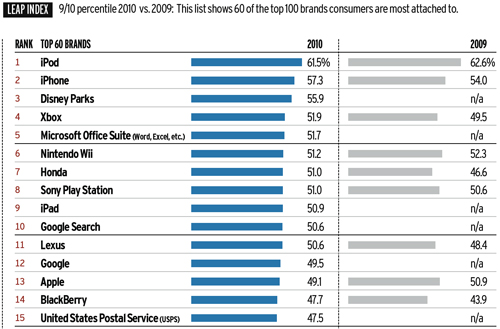
Leap Index: Top 15 Brands Consumers Are Most Attached To
This 9/10 list ranks brands based on how many people are most unwilling to give up the brand, ranking it a 9 or a 10 on a 0 to 10 scale. That’s some love … for the USPS.
The United States Postal Service is the same operation that delivers mail to my home any time between 5 and 8pm most nights.
The U.S. Postal Service is the same operation that set up deliveringtrust.com to teach people about preventing mail fraud when they deliver other people’s mail to my home, including “Important Tax Documents” and what look like bank statements, at least once a week. Yes, they’re handing over to me other people’s sensitive information (which I either take to their house or drop back into a nearby mailbox).
The USPS is the same operation that could not deliver a piece of mail addressed 100% correctly to my wife from a store that’s less than 3 miles from our house – even though they tried twice.
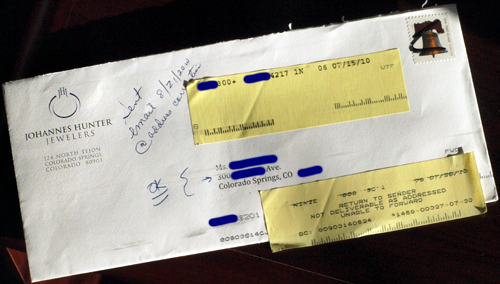
Though addressed 100% correctly, this letter could not make it less than 3 miles from its source to its destination on either of two attempts. Instead, it was picked up in-store a month later. Blue marks made by me in Photoshop to conceal partially the address for public posting here.
I like to receive mail. I read many magazines brought to my front door by the mail carrier. I pay many bills by mail. We still physically exchange our Netflix DVDs by mail.
I like attachment. I want to feel attached to our USPS. The problem is that they consistently give me reasons not to like them. (TWO WEEK UPDATE: my wife’s been sending packages to a friend in the military overseas requiring two customs forms each time and says our local office has been very helpful and friendly. Still not attached, though.)
Are you “emotionally attached” to the United States Postal Service? Positively or negatively?
Do you have a USPS love or hate story you’d like to share here? Please do!
Links
